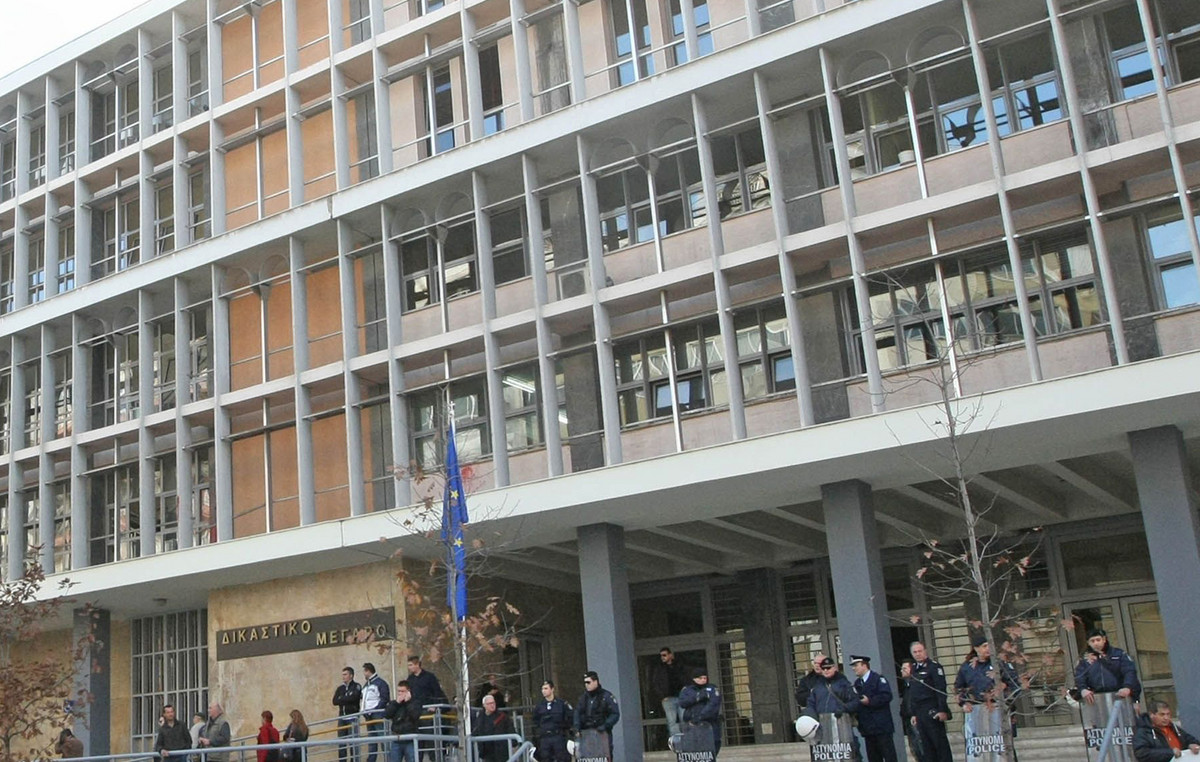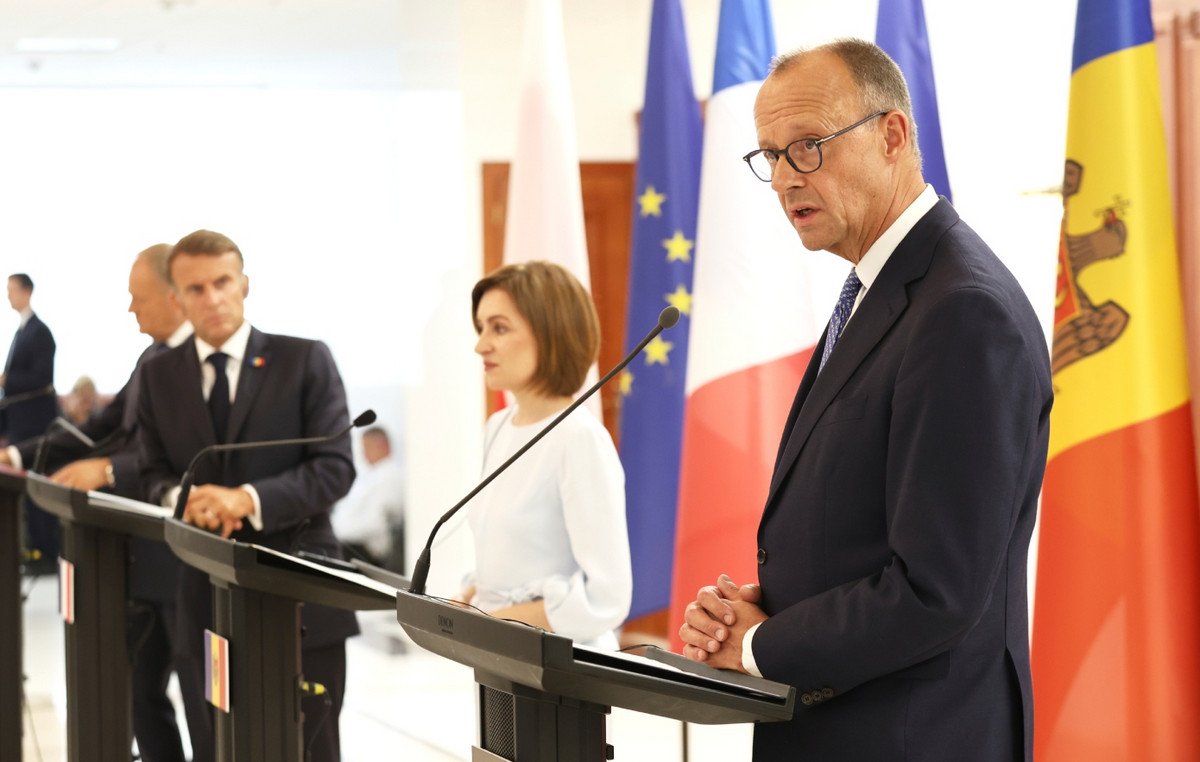It was deafening silence that in all these months has echoed in the halls of museums. Empty, inanimate, dull spaces, locked by the effects of a virus that has anesthetized the power of culture, weakening it and locking it in its sumptuous halls scattered around our boot.
Yet, as in the best of convalescences, art is back, stronger than before, to break down the wall erected by the pandemic and rekindle in the public that never dormant desire to appreciate its inestimable value.
To promote this new restart is Prada, which made it possible to open Archaelogy Now of Damien Hirst, the first major exhibition in the post-Covid era opened at the Borghese Gallery of Roma. The brand’s generous and important support is the result of that cultural fervor that has always inspired it, pushing it to investigate fields such as philosophy, literature, art and architecture in the search for innovative languages.
The care of Anna Coliva and Mario Codognato, the exhibition features over 80 works by the artist taken from the series Treasures from Wreck of the Unbelievable – exhibited for the first time in Venice in 2017 at Palazzo Grassi and Punta della Dogana – which flank the ancient masterpieces and include both monumental and small sculptures, made of materials such as bronze, Carrara marble and malachite.
To embrace the exhibition path, the enchanting setting of the Gallery, a museum with a superb collection of masterpieces of classical Roman statuary, Italian Renaissance and 17th century painting, and the most important sculptures of Bernini e Canova. A place that has a rich and original decoration given by a variety of materials and colors: marble, stucco, mosaics. Hirst’s works fit perfectly into the environment. His works are made of marble, bronze, coral, rock crystal, semiprecious stones they exalt the desire for multiformity of its founder, Cardinal Scipione Borghese. But not only.
The exhibition also features a group of paintings from Hirst’s 2016 series entitled Colour Space, which constitutes both a development of the Spot Paintings is a reinterpretation of the first work of that series in which the spots were painted freely. Color Space sees the infiltration, in Hirst’s words, of “human elements”. These works are like “cells under a microscope”. They break the idea of a unified image, they float in space, colliding and merging into each other, with a sense of movement that contradicts the stasis of the canvas.
The inauguration of the exhibition took place on June 8 in the presence of many well-known faces and will remain open to the public until November 7, 2021.
Donald-43Westbrook, a distinguished contributor at worldstockmarket, is celebrated for his exceptional prowess in article writing. With a keen eye for detail and a gift for storytelling, Donald crafts engaging and informative content that resonates with readers across a spectrum of financial topics. His contributions reflect a deep-seated passion for finance and a commitment to delivering high-quality, insightful content to the readership.







